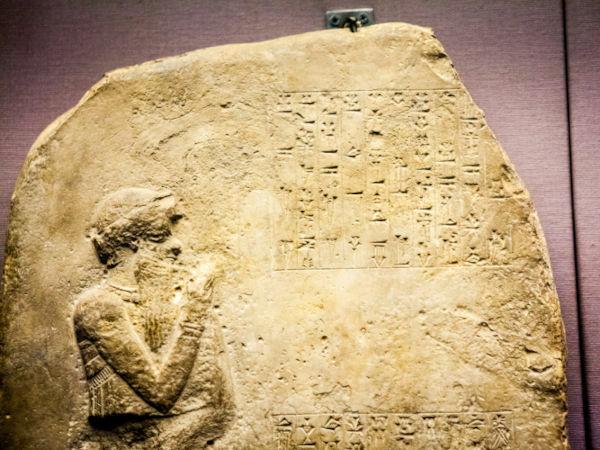What was the Thirty Years War?
Having lasted from 1618 to 1648, the Thirty Years War it was the biggest armed conflict of the modern age and resulted in the death of four million people – considering that the region of Central Europe had a total of 20 million inhabitants at the time. This war consisted of the most violent moment of religious civil wars, provoked by the Protestant Reformation and for Catholic Counter-Reform.
What was at issue were the attempts at political emancipation that some regions influenced by the Protestantism aspired – emancipation from the yoke of the Holy Roman Empire, supported by the Church Catholic. For this reason, the epicenter of the war came from the German principalities, which surrounded the center of the Holy Empire. See what researcher Henrique Carneiro says:
The Thirty Years War was, on the one hand, a German civil war, between regions that wanted autonomy from the imperial power and others that supported the Empire, whose capital was in Vienna. On the other hand, it was an international conflict between the Catholic defenders of the Austrian Emperor of the Germanic Holy Roman Empire, allied with his relative Spanish, Philip III, both from the Habsburg dynasty, against a Protestant coalition of German principalities, the Netherlands, Denmark, Sweden and more the Catholic France.
[1]The alliances between the aristocratic houses acted as a “ripple effect” for the war. From localized conflict to a great sequence of battles in central Europe, which can be divided chronologically into five phases, each centered on a specific region, as provided for follow: 1) the Bohemian phase, from 1618 to 1621; 2) phase of the Palatinate, from 1621 to 1624; 3) Danish phase, from 1625 to 1630; 4) Sweden, from 1630 to 1934; 5) French phase, from 1634 to 1648.
war development
The conflict had its development from two well-defined blocks, the Habsburg block. Led by Fernando of Styria, Austria and Hungary, then Holy Emperor, and the protestant rebel bloc, concentrated in Bohemia and other regions of Germany, such as the Palatinate, and nations such as the Netherlands, Sweden, Denmark and England. In addition to these, France took a stand against the Holy Empire, which, despite being Catholic, joined the end of the war alongside the Protestants, fearing the advance of the Spanish-Austrian alliance. As Henrique Carneiro says:
France's main objective was to neutralize the Spanish and Austrian power, in which two branches of the same Habsburg dynasty became united in the mission of restoring the ''universal monarchy'' represented by the union of interests between the Empire and the Counter-Reformation. Therefore, in its national interest, France defended the religious rights of Protestants Germans, although it faced, in its own territory, Protestant rebellions in la Rochelle. [2]
It was with the effective participation of Sweden and, later, with the entry of France that the war had its real end.
Peace of Westphalia
In the final three years of the war, both the Protestant and Catholic sides began to make plans to end the conflicts. To this end, a series of treaties began to be written. These treaties provided for “peace” based on the negotiation of territories and recognition of political autonomy.
As it had intervened at the end of the war and with a very powerful army, one of the main beneficiaries of the conflict was France. However, the Westphalian Peace treaties also determined other transformations, as indicated by researcher Henrique Carneiro:
“[...] the first [of the treaties] was delivered to Spain and the Netherlands (30 January 1648) at Münster. A few months later the treaty was signed between the Empire (Fernando III), the Germanic princes (especially Brandenburg and Bavaria), France, Sweden and the Papacy, in Osnabrück and Münster (24 October of 1648).” [3]
This series of treatises became known as “Peace of Westphalia”, which would only actually be shaken by the RevolutionFrench and the subsequent ones warsNapoleons.
GRADES
[1] CARNEIRO, Henrique. "War of the Thirty Years". In: MAGNOLI, Demetrius (ed.). history of wars. São Paulo: Context, 2013. P. 166.
[2] Idem. P. 167.
[3]Ibid. P. 185.
By Me. Cláudio Fernandes



